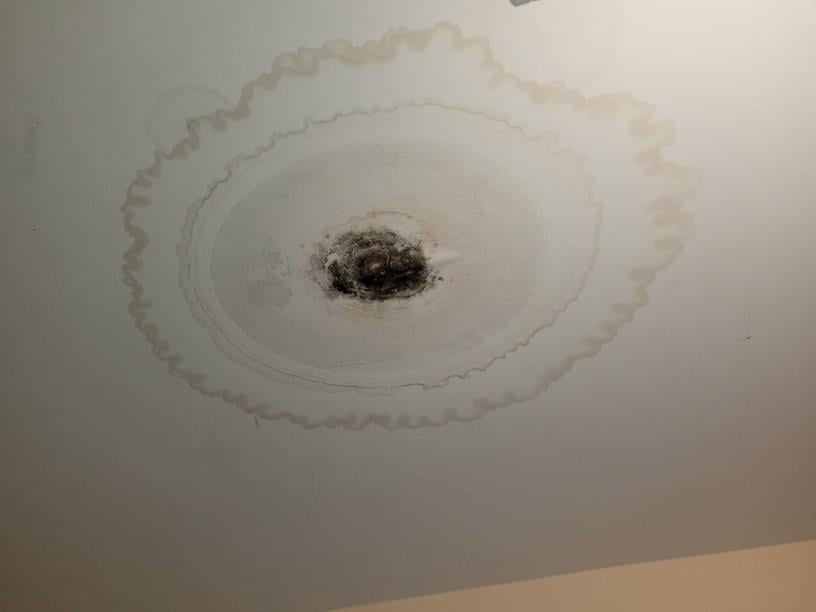6 Proven Strategies for Detecting Unseen Water Line Leaks
6 Proven Strategies for Detecting Unseen Water Line Leaks
Blog Article
We have uncovered this article on Leaking water lines below on the net and concluded it made sense to talk about it with you here.

Early discovery of leaking water lines can alleviate a possible disaster. Some tiny water leaks may not be visible.
1. Check Out the Water Meter
Checking it is a guaranteed means that helps you find leakages. If it relocates, that indicates a fast-moving leak. This implies you might have a slow-moving leakage that can even be underground.
2. Check Water Usage
Examine your water expenses as well as track your water intake. As the one paying it, you need to see if there are any kind of disparities. If you detect sudden changes, regardless of your intake being the same, it implies that you have leakages in your plumbing system. Remember, your water expense need to fall under the very same range every month. An unexpected spike in your bill indicates a fast-moving leak.
Meanwhile, a steady boost every month, despite having the very same practices, reveals you have a slow leak that's additionally gradually escalating. Call a plumber to completely inspect your residential or commercial property, particularly if you feel a warm area on your floor with piping underneath.
3. Do a Food Coloring Test
When it comes to water intake, 30% comes from toilets. If the shade in some way infiltrates your bowl throughout that time without flushing, there's a leakage between the storage tank and bowl.
4. Asses Outside Lines
Do not forget to inspect your outside water lines too. Should water permeate out of the connection, you have a loose rubber gasket. One small leak can squander tons of water and increase your water expense.
5. Analyze the circumstance and also examine
Home owners ought to make it a routine to check under the sink counters and even inside closets for any kind of bad odor or mold growth. These two red flags suggest a leakage so punctual focus is called for. Doing regular evaluations, even bi-annually, can save you from a major issue.
Much more significantly, if you understand your house is currently old, keep a watchful eye on your heating units, hose pipes, pipes and so on. Look for stainings as well as deteriorating as most pipes and also devices have a life expectancy. They will also normally wear away because of tear as well as use. Don't wait for it to escalate if you think dripping water lines in your plumbing system. Call a specialist plumber right now so you do not wind up with a dreadful mess in your home.
Early detection of leaking water lines can mitigate a possible calamity. Some little water leakages may not be visible. Checking it is a proven means that assists you find leaks. One tiny leakage can lose lots of water and increase your water expense.
If you think leaking water lines in your plumbing system, don't wait for it to intensify.
WARNING SIGNS OF WATER LEAKAGE BEHIND THE WALL
PERSISTENT MUSTY ODORS
As water slowly drips from a leaky pipe inside the wall, flooring and sheetrock stay damp and develop an odor similar to wet cardboard. It generates a musty smell that can help you find hidden leaks.
MOLD IN UNUSUAL AREAS
Mold usually grows in wet areas like kitchens, baths and laundry rooms. If you spot the stuff on walls or baseboards in other rooms of the house, it’s a good indicator of undetected water leaks.
STAINS THAT GROW
When mold thrives around a leaky pipe, it sometimes takes hold on the inside surface of the affected wall. A growing stain on otherwise clean sheetrock is often your sign of a hidden plumbing problem.
PEELING OR BUBBLING WALLPAPER / PAINT
This clue is easy to miss in rooms that don’t get much use. When you see wallpaper separating along seams or paint bubbling or flaking off the wall, blame sheetrock that stays wet because of an undetected leak.
BUCKLED CEILINGS AND STAINED FLOORS
If ceilings or floors in bathrooms, kitchens or laundry areas develop structural problems, don’t rule out constant damp inside the walls. Wet sheetrock can affect adjacent framing, flooring and ceilings.
https://www.servicemasterbyzaba.com/blog/how-to-detect-water-leakage-in-walls/

Do you appreciate reading about Top leak detection hacks? Give feedback below. We would be pleased to know your views about this article. We hope that you come back again later on. Do you know about anybody else who is fascinated by the topic? Feel free to share it. Kudos for your time. Don't forget to come by our website back soon.
Professional approach assured. Report this page